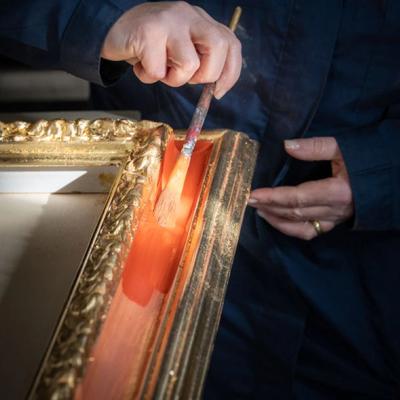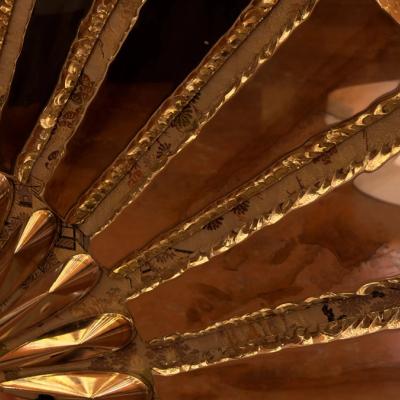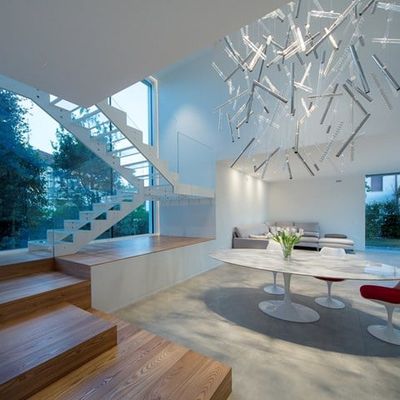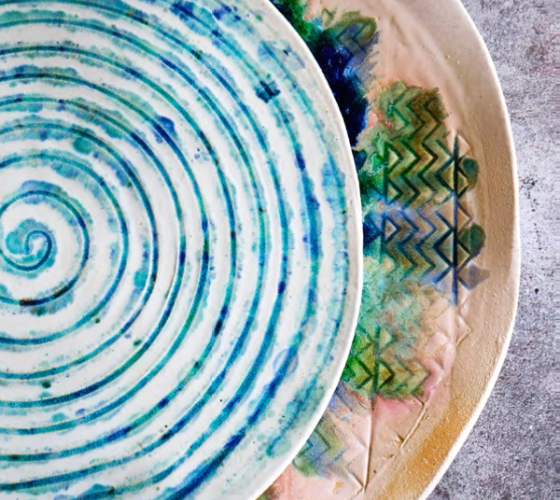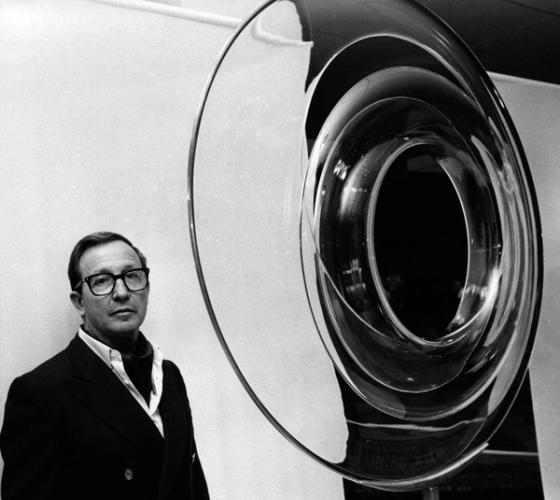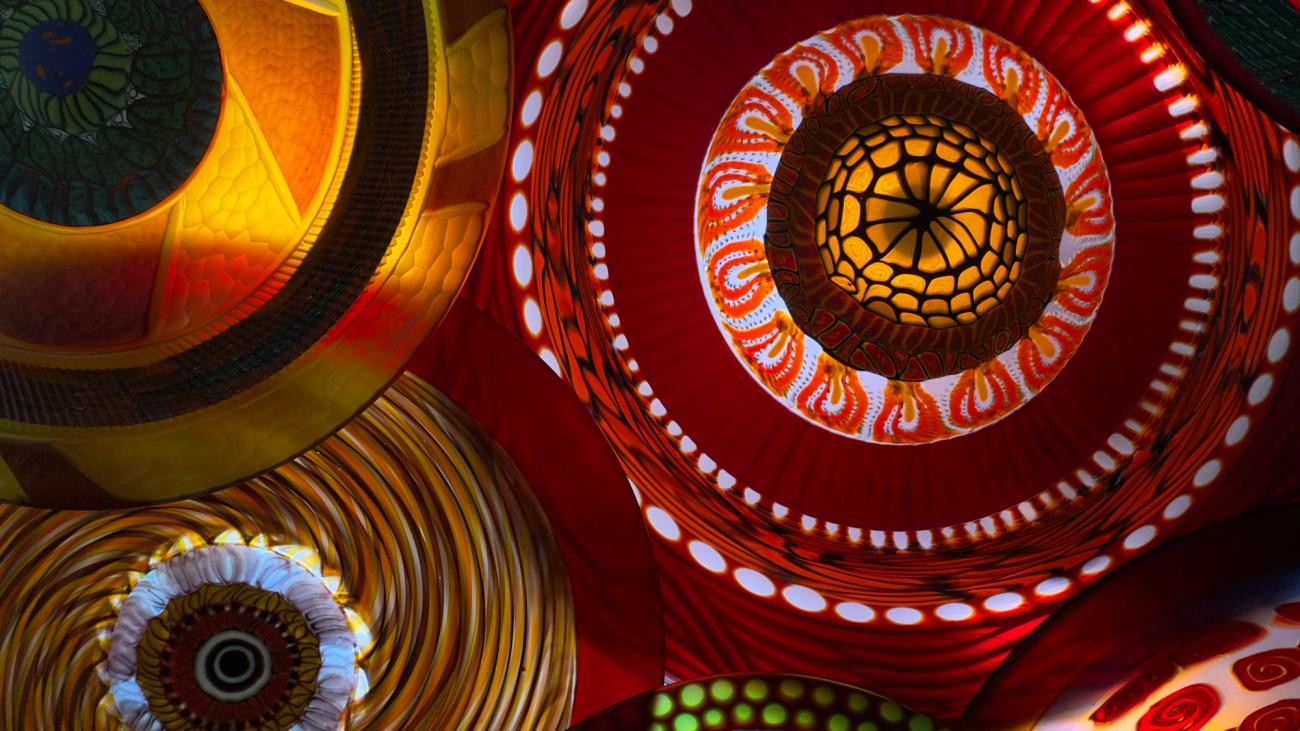
Discovering Murano: The Floating Glass Factory of the World
Nestled in the heart of the Venetian Lagoon lies Murano, an island synonymous with the art of glassmaking. Renowned globally for its exquisite glassware, Murano stands as a testament to centuries of craftsmanship, innovation, and artistic brilliance. This enclave of creativity, often referred to as the world’s floating glass factory, encompasses a vibrant community of 1,242 dedicated artisans spread across 151 production realities, including 64 furnaces and 87 secondary processing companies. These figures, as reported by Promovetro, the consortium established to promote and correctly market Murano artistic glass, underscore the island’s pivotal role in preserving this ancient craft.
The significance of Murano glass extends beyond its commercial value, representing a rich tapestry of history, tradition, and cultural heritage. The year 2001 marked a crucial juncture when the Veneto Region entrusted Promovetro with the management of the Vetro Artistico Murano trademark. This measure was deemed necessary amidst concerns that 80% of glass artifacts sold in Venetian shops were not authentic Murano creations, highlighting the challenges of protecting this esteemed craft from the perils of unfair competition.
The Crises and Renaissances of the Glass District
Murano’s journey through time is a narrative of resilience, marked by its ability to weather numerous storms. The glass district's origin predates many forms of industrial revolution, showcasing an early model of specialization and community-based production that would become hallmarks of modern industries. Despite facing stiff competition from Bohemian crystal in the late 17th century and the political upheavals following the Treaty of Campoformio in 1797, Murano has continually reinvented itself, drawing upon its wellspring of traditional techniques while embracing innovation.
The evolution of Murano’s glass industry is a chronicle of survival and adaptation. From the medieval era’s utilitarian objects to the opulent tableware of the Renaissance, Murano’s artisans have always found ways to blend craftsmanship with the scientific and artistic advancements of their times. The discovery of crystal-clear glass by Angelo Barovier in the 15th century and Giuseppe Briati’s intricate chandeliers are but chapters in this ongoing saga of innovation and excellence.
Facing the challenges of modernity, the district has seen fluctuating numbers of enterprises and artisans. The rise of global markets, employing more automated processes and less specialized labor, has put pressure on Murano's traditional glassmaking sector. Yet, amidst these trials, stories of success emerge, underscoring the resilience and adaptability of Murano’s artisans in the face of evolving consumer demands and the relentless march of technological progress.
The Renaissance of Murano Glass in the Contemporary Era
The dawn of the 21st century has witnessed a remarkable resurgence in the appreciation for Murano glass, driven by a renewed interest in authentic, handcrafted products. This renaissance is not just a nostalgic yearning for the past but a celebration of the unique blend of artistry, tradition, and innovation that Murano glass embodies. Today, Murano is not only sustaining its heritage but also expanding its horizons, exploring new forms, colors, and techniques to appeal to contemporary tastes and global markets.
The resurgence is fueled, in part, by collaborations with international designers and artists, who bring fresh perspectives to the ancient craft. These collaborations have led to groundbreaking works that push the boundaries of traditional glassmaking, making Murano glass relevant to a new generation of collectors and design enthusiasts. Additionally, the island’s artisans have embraced modern marketing techniques, including online sales and social media, to reach a global audience, further bolstering the industry’s revival.
The Challenges and Opportunities Ahead
Despite the positive momentum, Murano’s glass industry faces a myriad of challenges. The high costs of artisanal production, competition from cheap imitations, and the struggle to attract and train new generations of glassmakers are significant hurdles. The delicate balance between preserving traditional techniques and embracing innovation is crucial for Murano's survival and growth. Ensuring the transmission of skills from one generation to the next is vital, as is the need for continuous innovation to keep the craft relevant and competitive.
Environmental sustainability has also emerged as a crucial consideration. The traditional glass furnaces, though integral to Murano’s identity, are energy-intensive and contribute to environmental concerns. Addressing these issues without compromising the quality and essence of Murano glass is a challenge that the community is actively engaging with, seeking more sustainable practices that can coexist with traditional methods.
As Murano navigates these challenges, the opportunities for growth and innovation are abundant. The global appetite for authentic, handmade products presents a promising avenue for the expansion of Murano glass. By leveraging its rich heritage, embracing sustainable practices, and continuing to innovate, Murano can not only preserve its legacy but also ensure its relevance and vitality in the global market for generations to come. The story of Murano glass, with its blend of artistry, tradition, and innovation, continues to evolve, promising a future as luminous as the masterpieces it has been producing for centuries.
Murano Glass in the Realm of Art and Design
The art world has increasingly recognized Murano glass not just as craftwork but as significant artistic contributions in their own right. This acknowledgment has been mirrored in the presence of Murano pieces in prestigious art exhibitions and galleries worldwide. These works, ranging from sculptures to functional pieces, highlight the versatility and expressive potential of glass as a medium. Artists and designers from various disciplines are drawn to Murano to experiment with glass, often resulting in innovative and avant-garde creations that challenge conventional perceptions of this ancient material.
One of the most significant developments in contemporary times is the intersection of Murano glass art with modern technology and design principles. Artists and craftsmen are experimenting with digital design techniques, such as 3D printing, to create molds or conceptualize designs that are then executed using traditional glassblowing techniques. This fusion of old and new enriches both the creative process and the final pieces, making them highly sought after by collectors and design aficionados.
The Cultural and Economic Impact of Murano Glass
Murano glass continues to play a pivotal role in Venice's cultural and economic landscape. The industry not only provides employment to skilled artisans but also supports tourism, attracting visitors from around the globe keen to witness the magic of glassblowing firsthand. Workshops and showrooms on the island offer live demonstrations, making the glassmaking process an attraction in itself and providing insight into the skill and patience required to craft each piece.
Furthermore, the Murano glass industry has a significant impact on the global art and design markets. Authentic Murano pieces are prized for their craftsmanship and history, often fetching high prices at auction houses and in private sales. The demand for genuine Murano glass reinforces the importance of protecting and promoting this unique heritage, ensuring that it is appreciated not as mere souvenirs but as valuable and enduring works of art.
